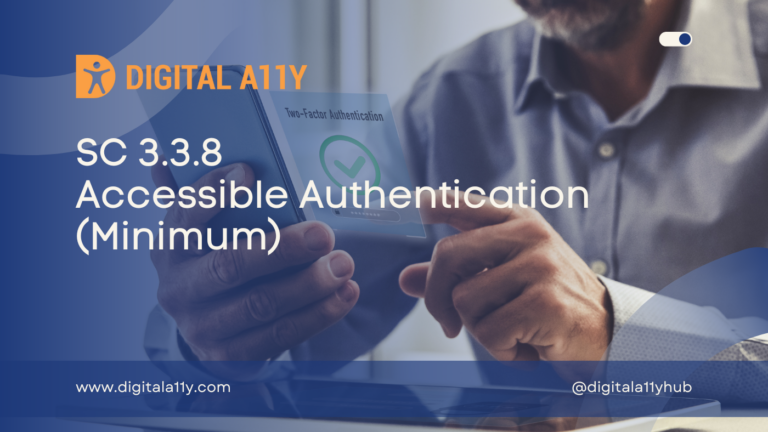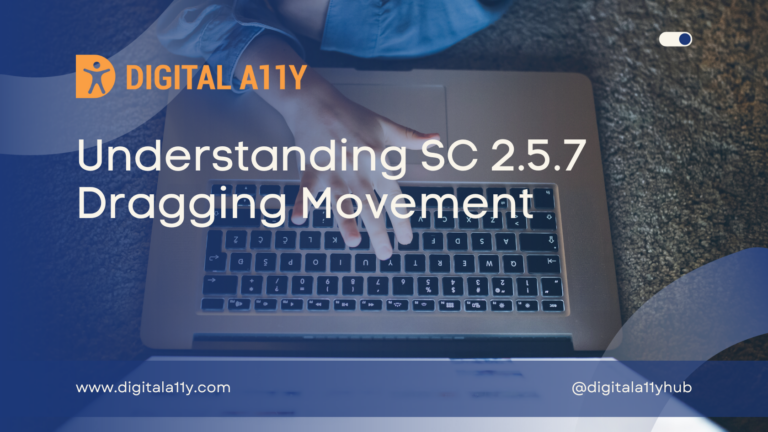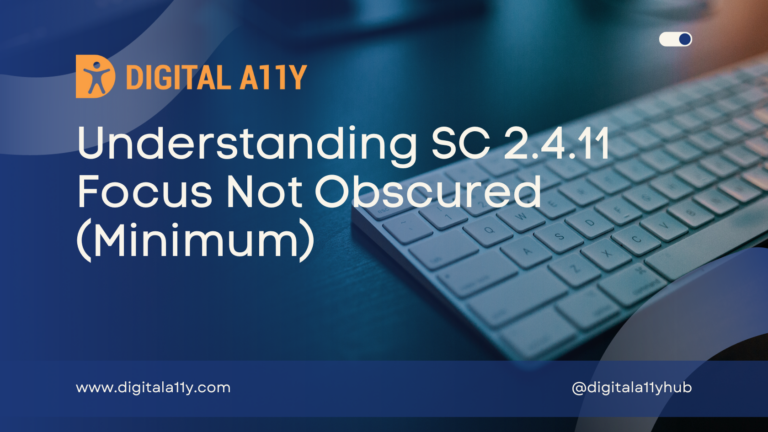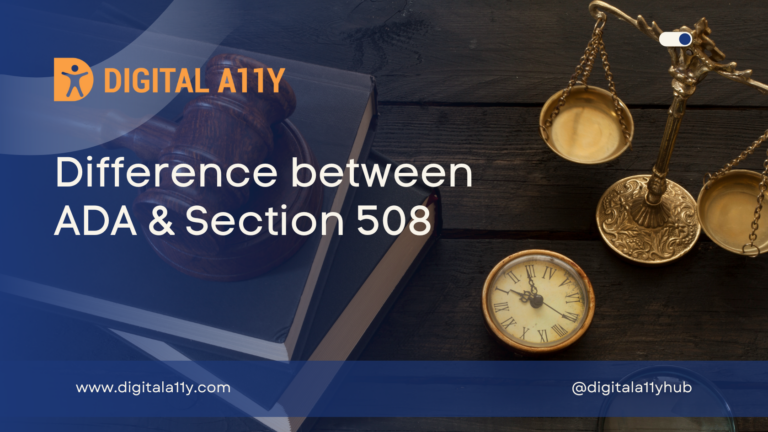Understanding WCAG SC 2.5.8 – Target Size (Minimum)
The intent of this success criterion is to ensure the target of any UI element has 24 by 24 CSS PX target size or there is enough spacing provided between two targets that have undersize targets. Note that zooming or other style changes adopted by users with disabilities must not modify the target sizes. So,…





